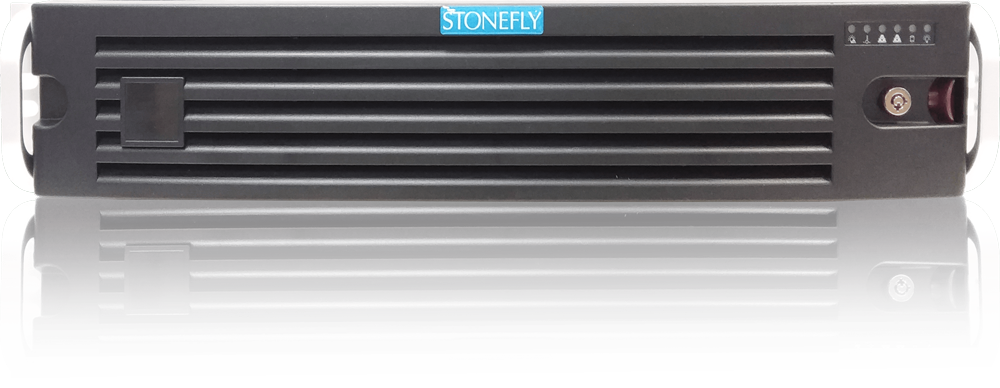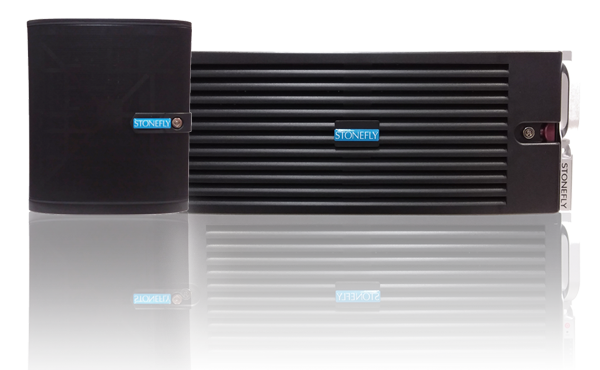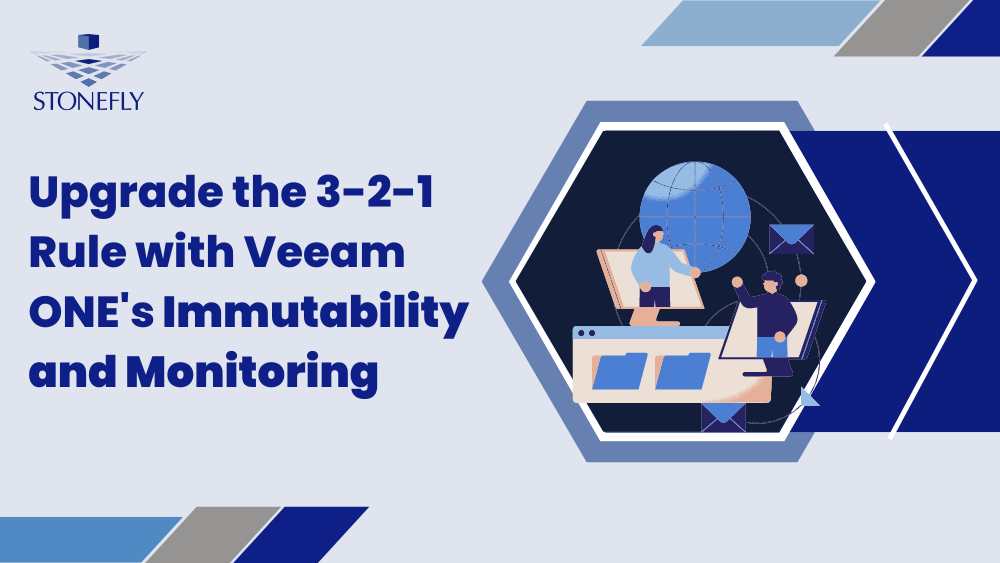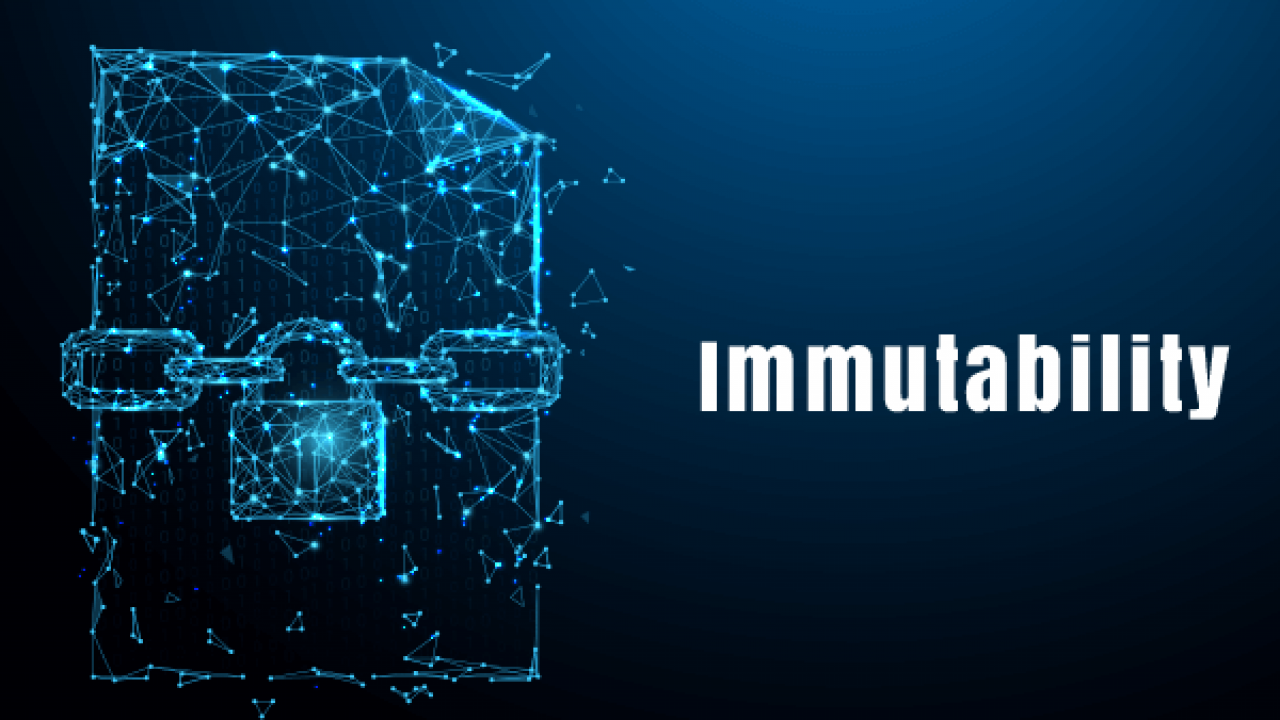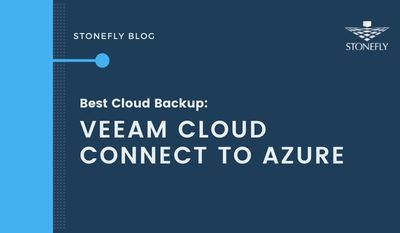Optimizing the cost or benefit of various backup techniques and storage technologies means we will need to understand business requirements associated with the use of backup data and retention requirements.
We will assume we are following a typical retention strategy of seven (7) daily backups, three (3) weekly backups and three (3) monthly backups. Furthermore, our strategy will introduce intentional gaps in the physicality of the backup data. Achievement of the objectives will require a hybrid storage approach and the use of additional available Veeam data reduction techniques.
Daily Backup Storage
The seven daily backups should live on highly-performant storage as this will be the tier from which the majority of application demands are made, including the typical restores.
Why is this a cost-effective use of storage? It is recommended to use an incremental strategy which captures daily block-level changes to minimize the amount of data storage at this performance tier. Storage requirements for block-level incremental backups are comparable in size to deduplicated storage while offering a significant performance advantage. This is because deduplication works by capturing and storing only those blocks of data which have changed since the last backup and eliminating redundancy which may exist. Since block-level incremental backup also captures only the changed blocks of data since the last backup, storage requirements are comparable.
Sizing assumptions for dedupe; assume a 1 TB file is backed up. Using deduplication and compression, this 1 TB file is typically reduced to one-third of its original size, or 333 GB. Each file-level incremental backup we will assume is 10-percent of the size of the original file, or 100 GB. Using the same rule of thirds, each subsequently deduped incremental backup will require 33 GB of additional storage capacity. Over the seven days of retention, deduplication will require (333 GB + (33 GB x 6 days)) = 531 GB for seven days of retention.
Weekly Backup Storage
Following the 3-2-1 rule, the weekly storage will live on different physical storage than daily storage. The retention requirement at this tier maintains three full copies of weekly backup data. In other words, the backup data must reflect the state of the data across each of three weeks. Deduplication does not actually store three full copies of data, it stores one master copy with additional blocks and pointers which reflect the full image for each of the other two weeks. The deduplication algorithms effectively minimize the amount of storage required to reflect each of those weekly backup images. Conventional backup techniques, which retain three full weekly backups, have significant redundancy, a 1 TB file would require approximately 3 TB of storage, or 1.5 TB using compression. Whereas, a 1 TB file stored in dedupe would typically require half of that, depending on the amount of change from one week to the next.
Monthly Backup Storage
The location for the monthly backups should normally be off-site, when following the 3-2-1 rule. The type of storage will be dictated by the off-site requirements. If the data is not expected to be retrieved for anything but the worst disasters, replication of the backup data to a the StoneFly Cloud offers the lowest cost and will suffice for smaller customers. For enterprises, backup to Microsoft Azure Cloud offers a good air-gap strategy to protect company data from possible on-line manipulation by hackers or a malicious insider.
Disaster recovery from backup data will require more work to determine the optimal storage type. Optimal use of wide-area networks to replicate backup data off-site will require minimizing data amounts using WAN acceleration and/or deduplication techniques. Deduplication appliances are very good at minimizing data movement. The StoneFly Veeam Backup and replication also offers built-in WAN acceleration to minimize the amount of data which must be moved. Keeping three monthly full backups in dedupe storage will be comparable in cost to using change-block incremental techniques. When the requirement exists for retention exceeding three months, the storage advantage shifts to deduplication, which is best suited for long-term retention.
Conclusion
Depending on the business requirement of how to use the backup data, faster storage or deduplication method can be selected. Where the business uses backup data for advanced applications (such as production operations, development and test usage), faster storage is optimal. When long-term retention and data archival is more important, deduplication makes more economic sense. StoneFly supports the use of fast storage through backup and replication appliances running on the latest Veeam backup engine. StoneFly also integrates deduplication as a standard part of its Veeam Cloud Connect Backup & Replication services. To learn more about the Backup and Disaster Recovery best practices read the data reduction techniques whitepaper
![Veeam-BR-Best-Practices[1]](https://staging.stonefly.com/wp-content/uploads/2018/09/Veeam-BR-Best-Practices1.jpg)







